Featured Photographer: Ian Hill - The Fisher King and Other Stories
In the space between storms; light spilled across the fells, across the bleached bones of quartz boulders, across pearls of rain snagged in the grass.
If there is one redeeming aspect of social media it is that occasionally, through all the noise and rancor and incessant bad news, there is something which quietly seeps through to bring us a moment of pause and reflection. There was an ineffable subdued beauty to these black and white landscape photographs which began to interject themselves into my Twitter feed, a melancholic stillness in a stream of chaos which inspired me to click that “follow” button on my screen.
Ian Hill resides in Cumbria, an area of wild countryside in the Northwest corner of England near the Scottish border. Cumbria is renowned for the natural beauty of the Lake District, where craggy peaks rise above green valleys and scraggly moorland cut through with glassy waterways. Ian's work is very much grounded in this place, a landscape seemingly both ancient and immediate, an area that has seen Ian's own children play and grow and fledge just as it has the countless generations which preceded them.
Landscape as palimpsest; the landscape below splayed like the view from a hunting hawk; hedgerows and fields, the valley sketched brown with sedges.
The northern side of the crags lies ungrazed; grasses spill like golden threads.
Says Ian, “It is a land that has been continuously occupied for thousands of years, and every generation, every culture leaves behind its traces. I can walk through a landscape where the walls might have been built in the late 18th century, and the lane you're walking on might have existed in the 17th century because that's when the land was divided up into private ownership, but then you walk past the ruins of a medieval house that's now only a vague shape in the earth, and so on and so on. You've got these layers of time and accretion and memory that create this impression of a very peopled landscape. We exist in this brief moment of time but we're participating in something much bigger; I think you become part of that story. I've lived here for 30 years and feel so absolutely and intimately connected to this landscape.”
Decay as the last flourish of summer’s beauty, as though plants preserve the memory of their youth.
It is in this intimacy with the land that these images become so emotionally resonant, one can feel his connection to every rock, every gnarled tree, and every dilapidated fence post. In the face of this vast overwhelming beauty, he finds a particular kinship with the minute and the mundane, the bits that most visitors might overlook and pass by. “I often say I take photographs in the landscape, not of the landscape. I'm interested in some of the details you notice when you're in the landscape, but I'm more interested in how they make us feel. The focus of the image might be just a tuft of grass on the hillside and somewhere behind it, blurred out, is this vast vista of mountains that most landscape photographers would choose to take the image of, but I want to get down and dirty with the plants right in front of me. It's not really a photographic trip unless I spend some time with my knees in the mud.”
A susurration of rain; its many-layered dissonance. The grey morning reflected from the flooded fields, as though the land holds more light than the sky. In the escallonia bush, all the sparrows of the village are sheltered from the rain and singing, singing.
The images Ian makes are intimate and immediate with the spontaneity of a snapshot. For his long walks over the fells he packs simply so as to be unencumbered by his equipment. He shoots this work entirely on 35 mm Fomapan and develops in homemade caffenol, keeping his process as simple and streamlined as possible. For these excursions he has a range of those late-90s SLRs that one can pick up for cheap nowadays, which he loves for both their reliability and the light weight of their plastic bodies. As he says, “The technical stuff is purely in service of the story I want to tell.”
Even though this work is strongly rooted in the concept of place, and in this geographical place in particular, there is an intentional aspect of universality to the work. The larger question being investigated is how do we, as humans, interact with our natural environment and how does it, in turn, influence us on a visceral, emotional level.
“I like the idea of anonymizing the landscape. I live in an area that's very well known but I don't include any recognizable features because I want to talk about the landscape in a more abstract way: what is our relationship with the landscape and what of that relationship is inherited in some way. I don't want to talk about the history of the land, I want to talk about the psycho-geography of our connection with the landscape. Why is it that sometimes when you walk through a landscape there's something inside you that tells you that this is a good place? Why do we have certain emotional responses to places? I'm trying to interrogate that on an almost subconscious level.”
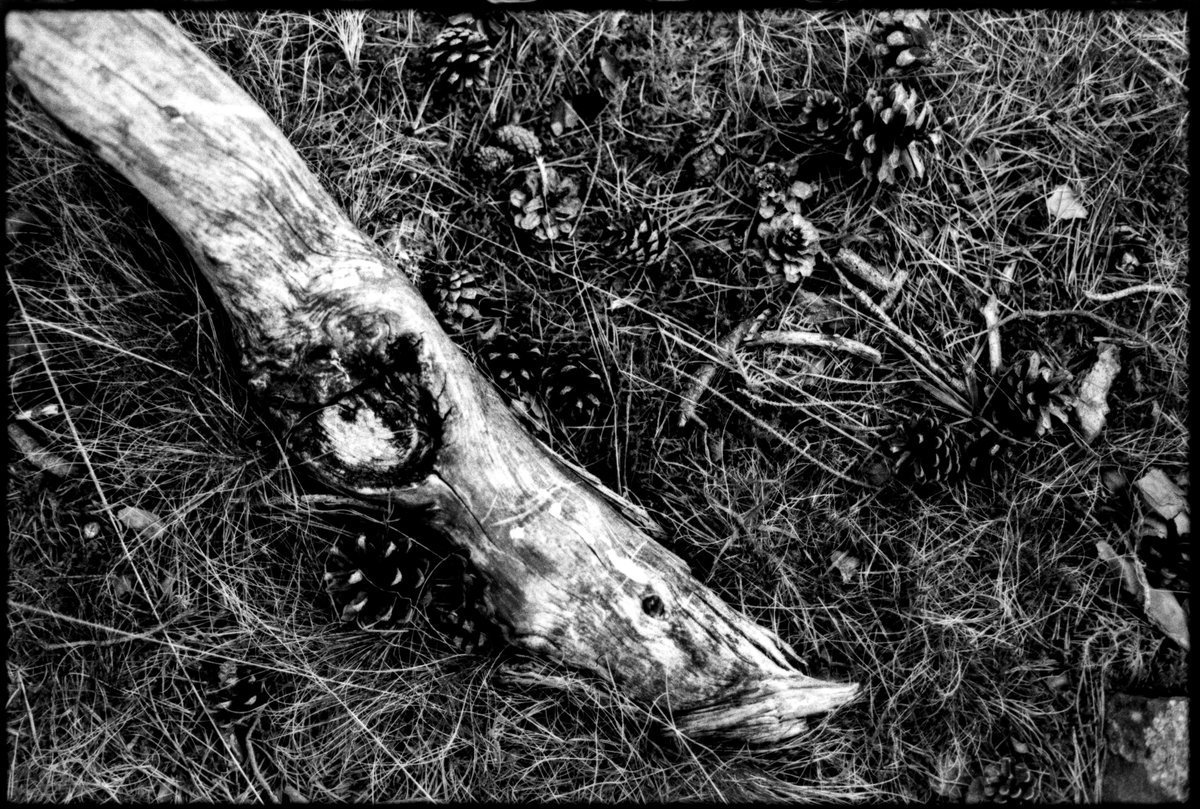
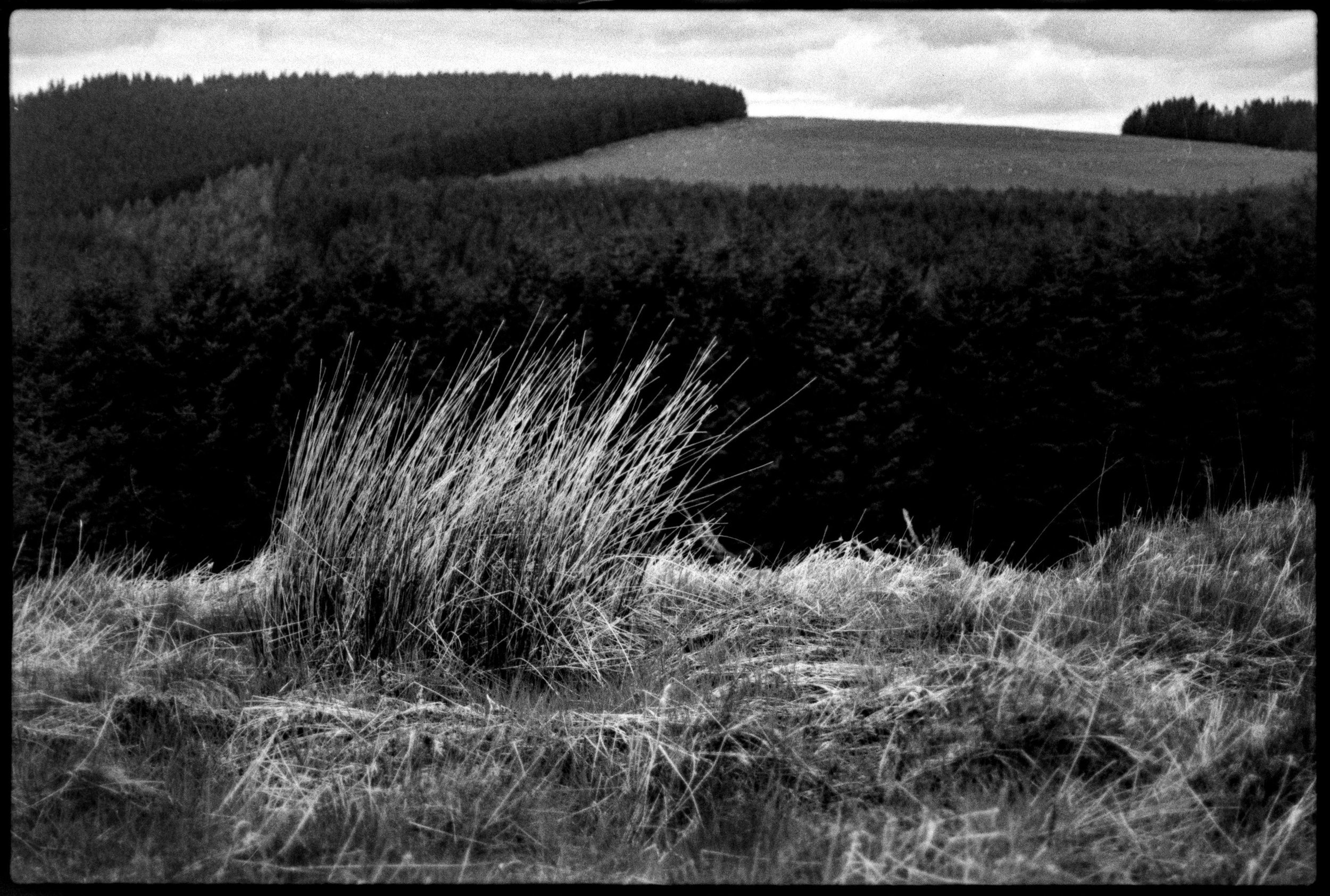
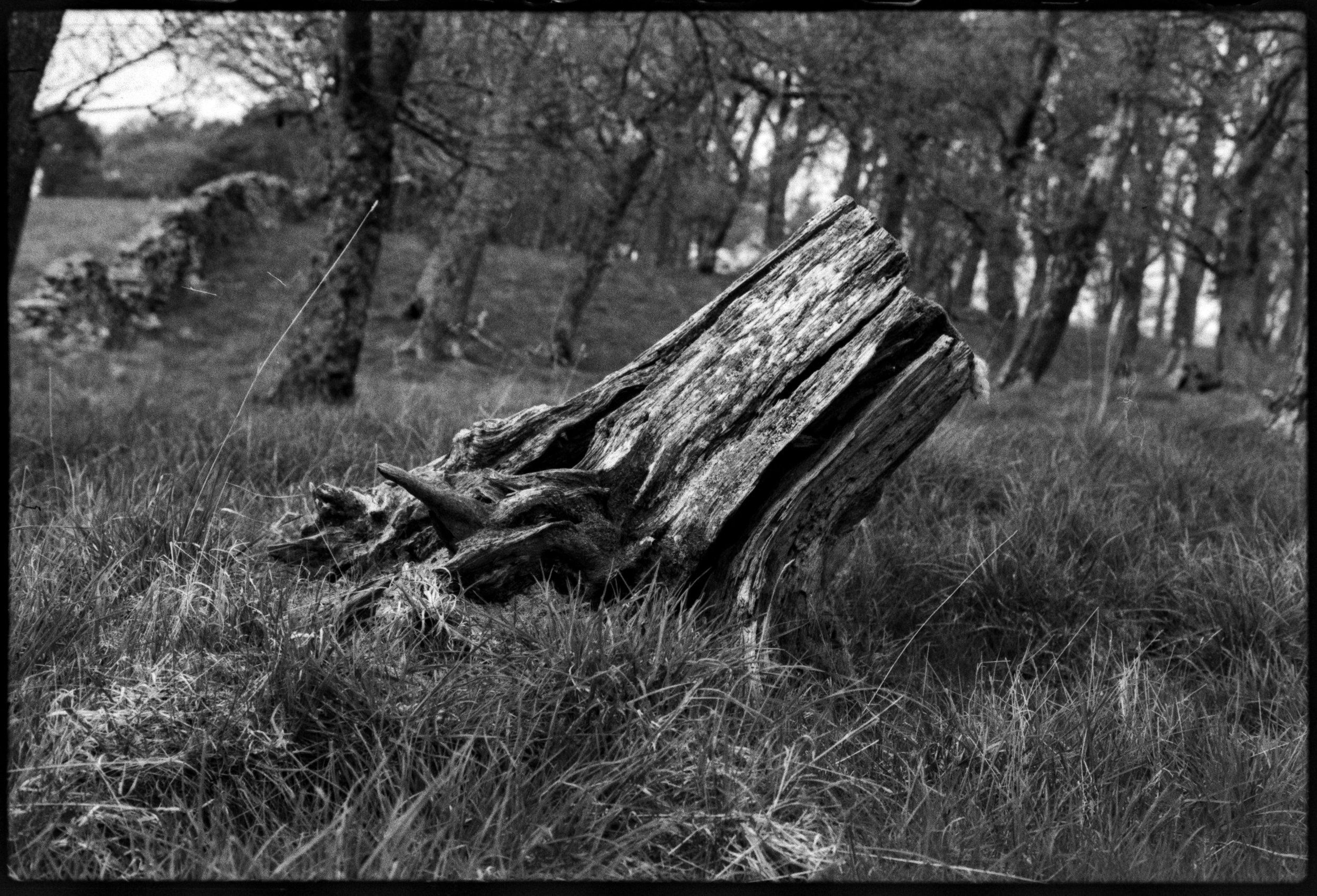
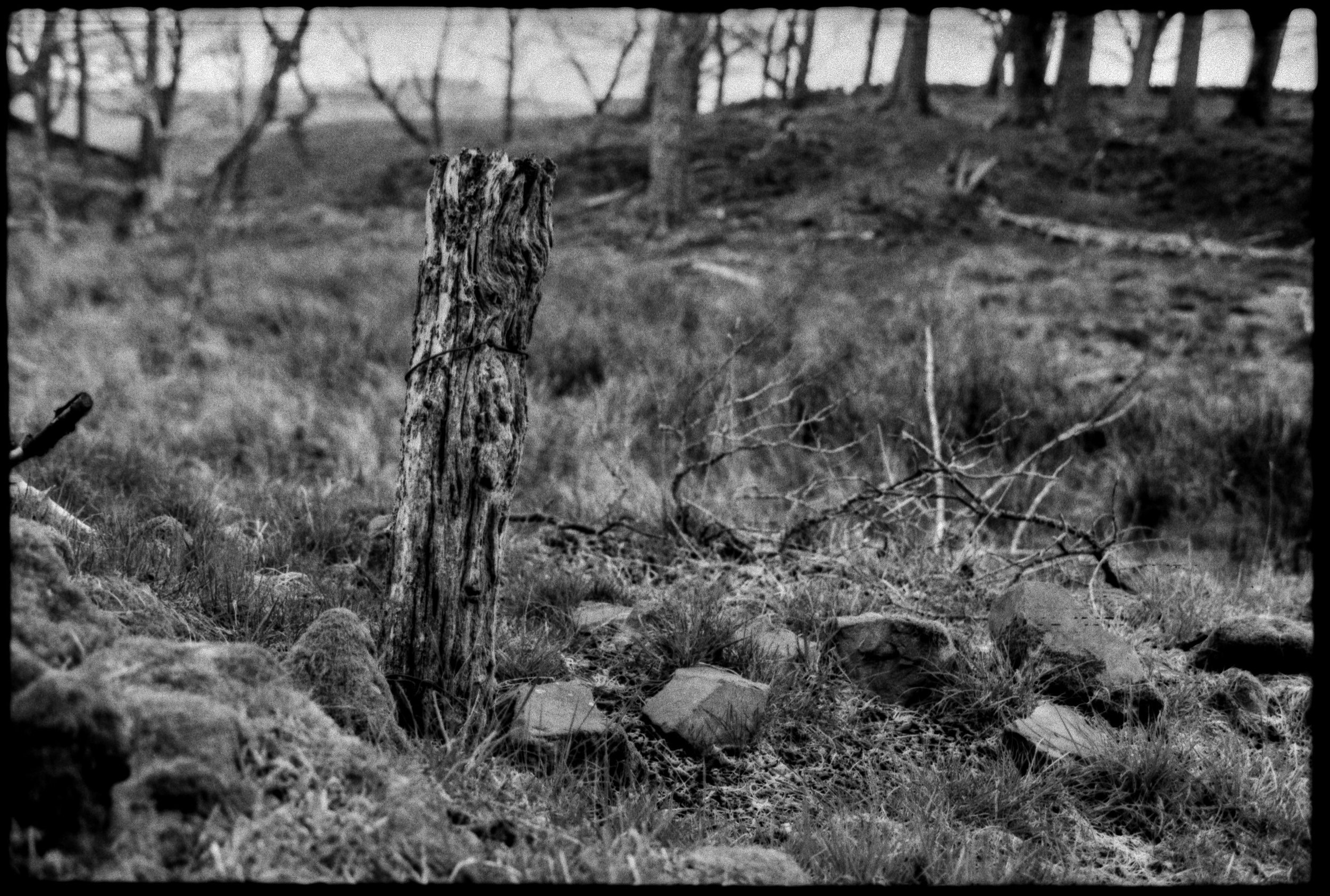

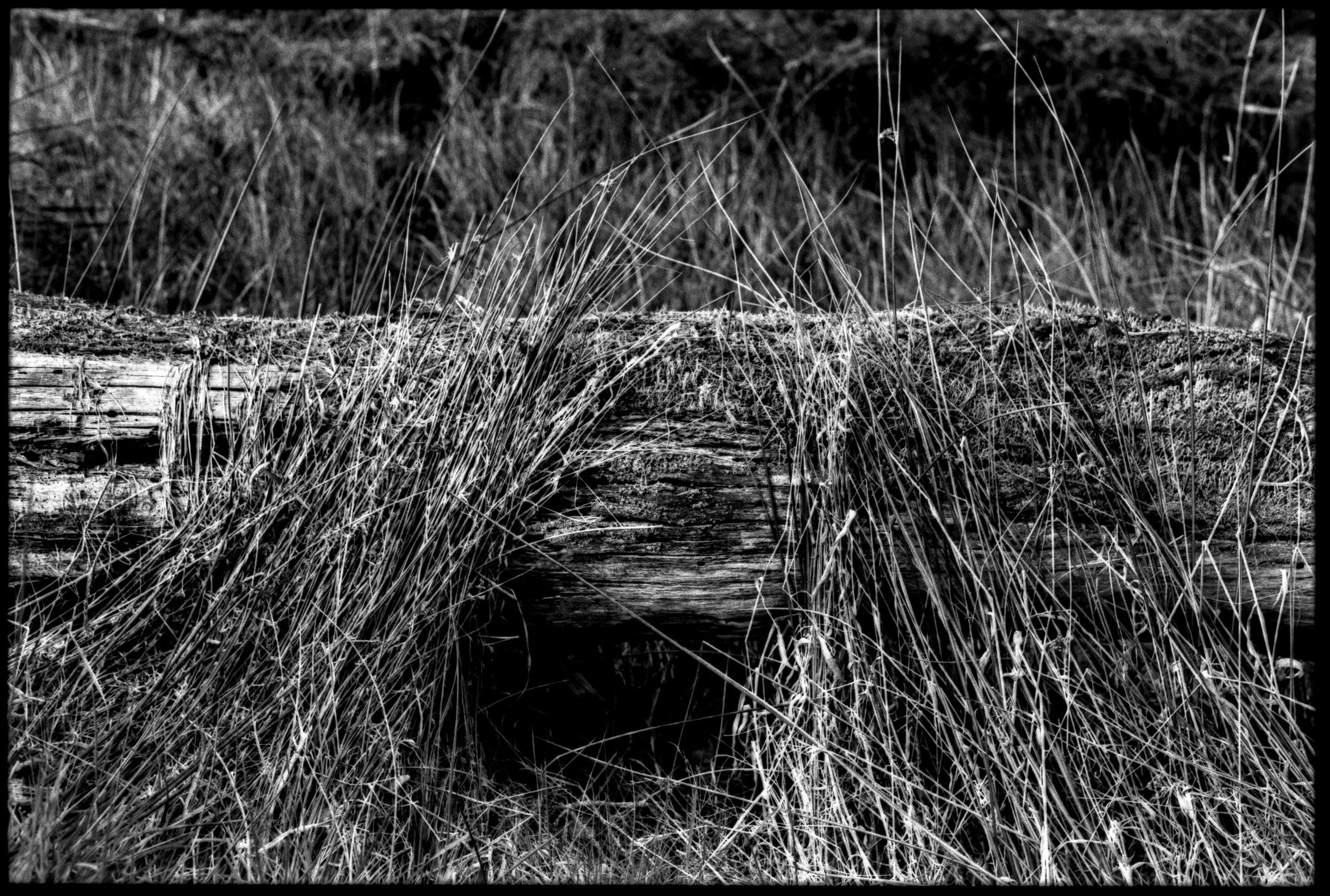

![[The Moorfoot Hills in the Scottish Borders are one of the many locations where it is claimed that the last wolf in Scotland was killed]](https://images.squarespace-cdn.com/content/v1/64ab04fdab48185206d120e7/1688946412588-SFVXEWCK767K9OE1XSZA/lw8.jpeg)
Of course, with Ian's work, the imagery is only part of the larger whole. One thing that struck me from the first was these beautiful fragments of prose that often accompanied the photograph as it was presented on Twitter, which made every tweet an engagingly self-contained moment. More recently he's made use of this particular mode of dissemination in a novel way, exploiting the ability to thread tweets together to tell a short story that slowly reveals itself over the course of a few days, each successive post of image and words building upon the previous one. For Ian, this use of Twitter is a marriage of convenience, a modern method of releasing work in a format where imagery and words can be given equal weight. Ultimately it is in the collective sum of the imagery and the words that he feels the work reaches completion. Though he has found an interesting way to utilize the internet as a medium, the ideal format for his work is in book form, where he has space to develop the narrative ideas which give greater life to his photographs of the landscape. By self-publishing small zines he is able to create lovely little objects which echo the intimacy of the stories he is trying to convey. “My preferred format is always a physical artifact. Zines are a beautiful thing, they’re a way in which you can absorb pictures at your own pace, in your own style.”
The landscape of the UK is steeped in myth and legend, histories both lived and imagined. This layer of symbolic narrative informs our experience of that landscape, the actual veracity of the story being less important than the emotional resonance which it carries. As he says, “One thing that really interests me is the way in which mythology informs our view of the world. What I like about mythology is that myths are stories that are not necessarily true, they are stories that feel like they should be true. What I'm trying to do is create a mythology of my own through narrative and fiction to answer these questions I have about how we respond to our landscape.”
In his latest zine, “The Fisher King,” Ian draws upon a mysterious character from Arthurian legend, often believed to be a guardian of the Grail, who carries grave wounds which must be at once physical and spiritual as the lands over which he presides are equally as blighted as his flesh. He saw this enigmatic myth about a wounded landscape as being an apt story for this time of environmental reckoning. As we look upon our own land, exploited and suffering by our own hands, we the reader are also placed in the position of the knights challenged to heal both king and kingdom.
The zine is accompanied by a small accordion fold book, “Westering,” which follows Ian on an 11 mile journey all photographed on a single roll of film. Just as Ian walks in a straight path due West, the book itself expands on its own linear path, each image another waypoint on this secular pilgrimage.
Though Ian Hill is clearly a writer and obviously a photographer, in self-deprecating fashion he considers himself neither, or both, depending on which way you look at it. “Somewhere in that Venn diagram there's this little space in the middle occupied by a small number of eccentrics, and I think I'm there somewhere. One can only write from the heart, one can only take photographs from the heart. Unless you feel emotionally invested in the work then it just become an intellectual exercise and it doesn't have the same emotional quality to it.”
GALLERY
ABOUT THE ARTIST
You can find Ian Hill traipsing over Cumbrian hillsides or on Twitter @PrintedLand.
Copies of “The Fisher King” are still available and his new publication “Alchemy” will be released this summer.
Visit his website for more information.
ABOUT THE AUTHOR
Niniane Kelley is a fine art photographer living and working in San Francisco and Lake County, California. A native of the Bay Area, she has a BFA in Photography from San Jose State University graduate.
Drawn to photography for both the immediacy of the image making process and the intrinsic alchemy of the darkroom ritual, she crafts the majority of her imagery using traditional 19th century processes which give each piece its own unique character.
She has previously worked in fine art photography galleries and was a photographer and manager at the San Francisco tintype studio Photobooth. She teaches photography workshops in the Bay Area and surrounding environs.
Connect with Niniane Kelley on her Website, Twitter, and Instagram!









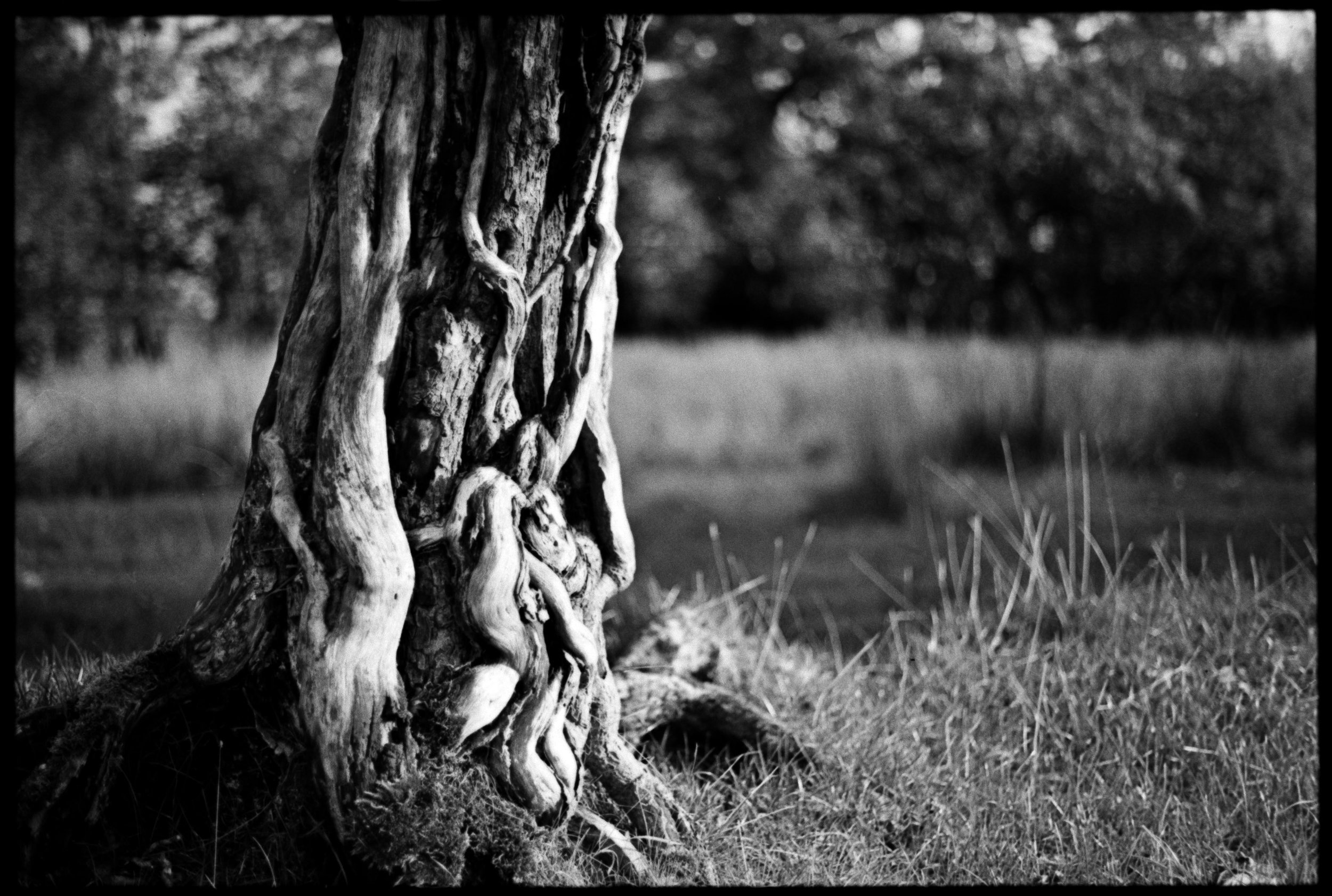












These images are the AF Team's curation of the most stand-out must-see images produced in 2024. From career photographers to amateur hobbyists, these scenes and portraits made a huge impact this year!